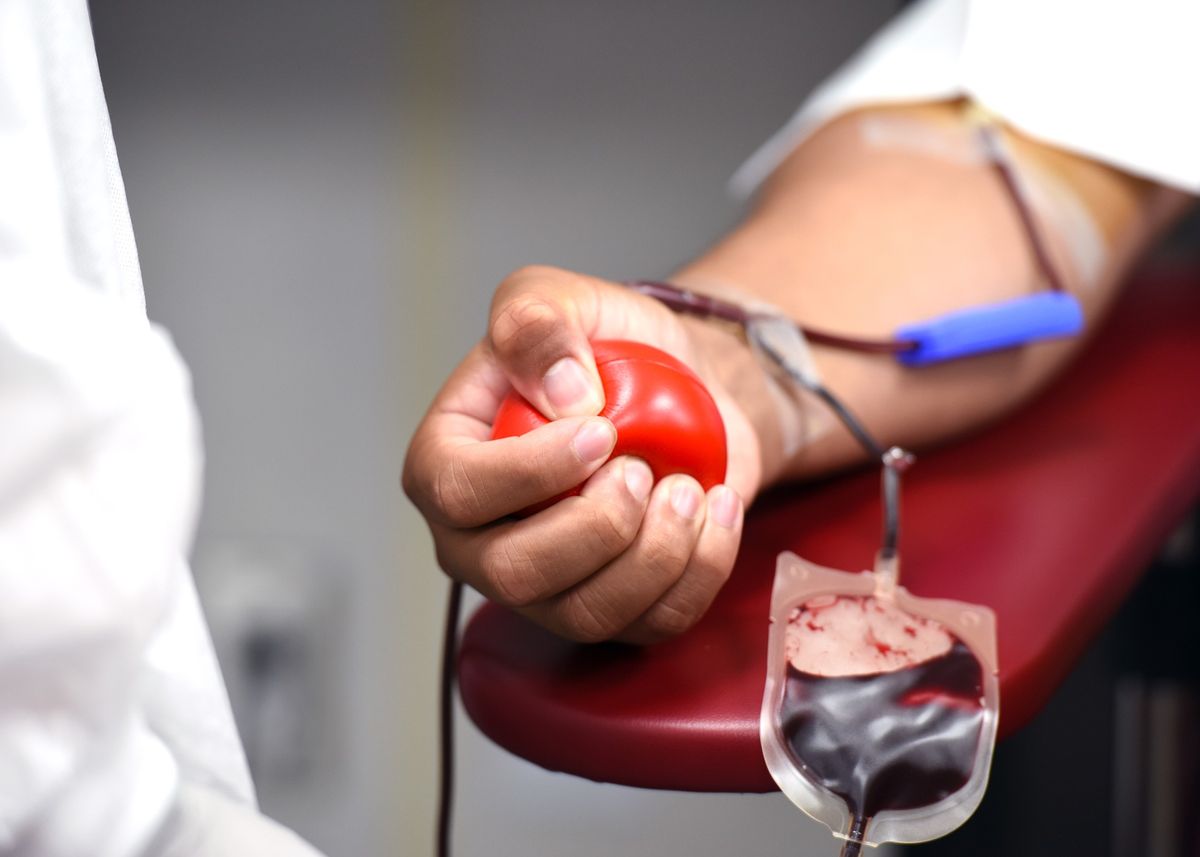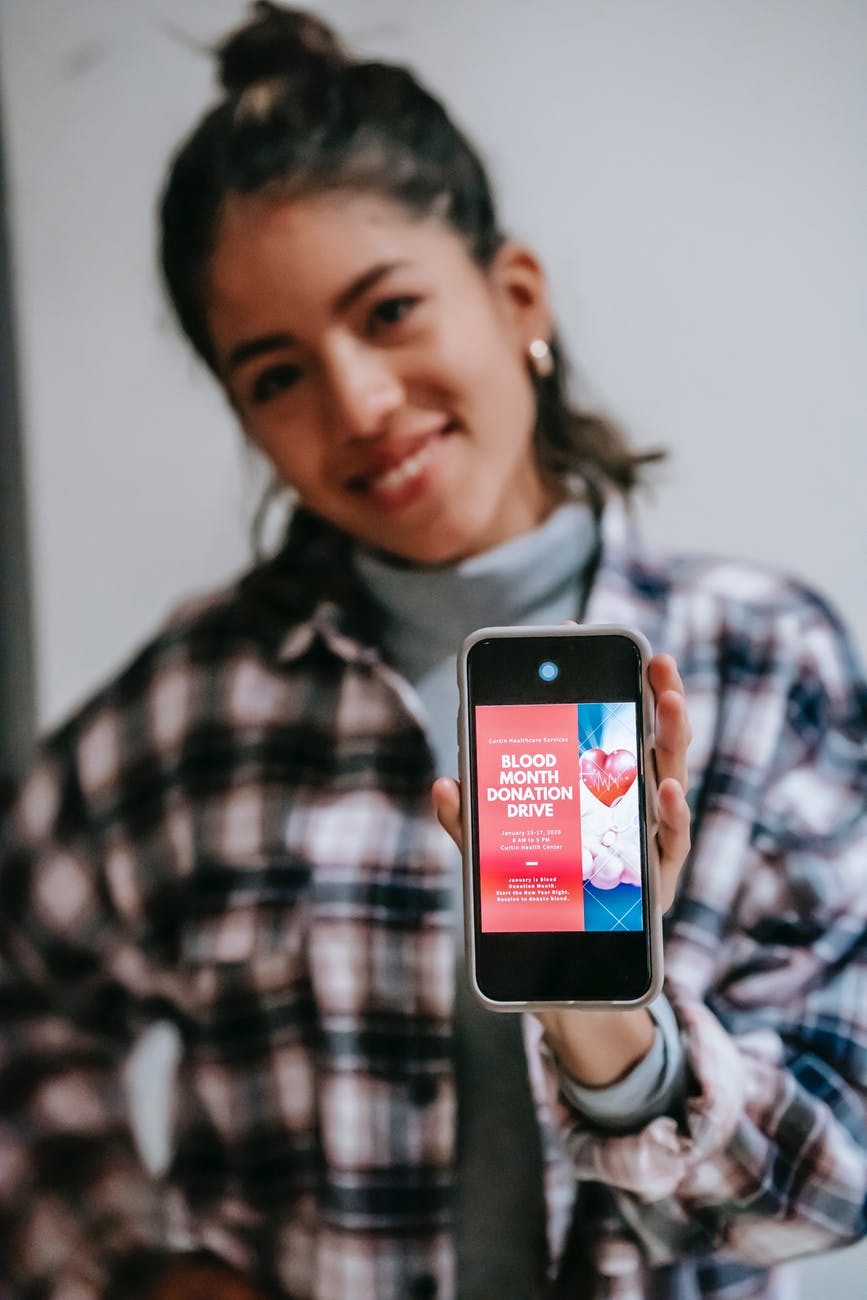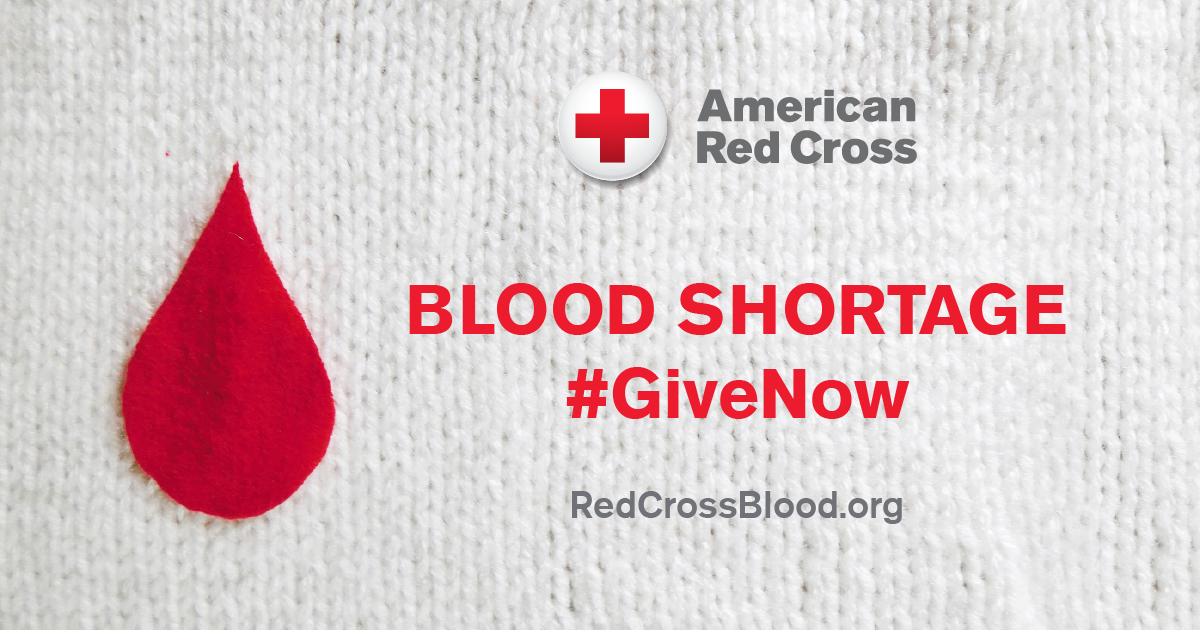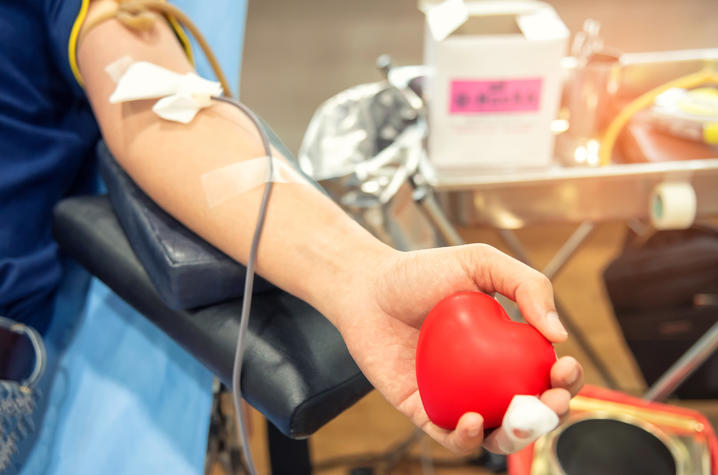Why aren’t more millennials donating blood?

A few minutes every morning is all you need.
Stay up to date on the world's Headlines and Human Stories. It's fun, it's factual, it's fluff-free.
Young people in the United States are not strangers to giving their time and money to causes they care about. Crowdfunding initiatives have taken off in recent years, with almost 75% of millennials making financial donations during the pandemic, according to payment app Zelle’s September Consumer Payment Behaviors report.
According to The Case Foundation’s Millennial Impact Report of 2017, 21% of millennials surveyed considered themselves activists, “a group that is rising as the most highly-engaged, active and willing to act on behalf of others.” An article from Forbes even asserts that “if people become more generous over their lives and are more likely to give if their parents give, millennials will become the most generous generation in history.”
However, one area to which young people are not as likely to regularly contribute is blood donation. As the COVID-19 pandemic affects healthcare in the US and around the world, blood donations have become especially vital.
Currently, there is a blood shortage in the country, with the American Red Cross declaring a national blood emergency for the first time ever.
It has become more challenging to donate blood during the pandemic, with fewer blood drives occurring – 2,700 blood drives have been canceled across the country due to concerns over COVID-19 – and fewer people wanting to gather in groups to give blood. But, even before the pandemic began affecting the availability of blood, concerns existed over the insufficient number of younger blood donors.
According to the Association for the Advancement of Blood & Biotherapies (AABB), in 2017, over 60% of blood donations came from people over age 40, and 45% of donations came from people over age 50. As people get older, though, they age out of the available blood pool, and millennials and Gen-Z are not replacing those numbers at an acceptable rate.
The minimum age for blood donation in the United States is 16 years old. During non-pandemic years, blood drives are regularly organized in high schools and universities across the country, making it convenient for 16 to 22-year-olds to donate regularly. However, people in their late 20s and 30s can be less inclined to donate and harder to reach for a regular donation. So, why aren’t more millennials donating blood?
To better understand this uniquely Gen-Z and millennial issue, we spoke with Paula Giraldo, the Director of Education for University Blood Initiative (UBI).
UBI is a nonprofit organization that seeks to counter “low youth engagement and the lack of education about our nation’s unstable and inequitable blood supply.” They do so by “empowering, educating, and mobilizing a network of young donors across the country” in so far as creating chapters on university campuses and within communities.
Why aren’t younger people regularly donating blood at the same rates as older people?

Approximately 38% of Americans are eligible to donate blood, but less than 10% of Americans actually donate every year. And, with the majority of donors being over 40, this number becomes even more troubling.
The lower turnout among younger blood donors could be chalked up to a few different reasons. For example, potential donors in their 20s and 30s may be busy with their careers and personal lives and not even realize the need for blood donations.
“There is likely no single explanation for the different rates of donation among different age groups,” says Giraldo. “However, rates of donation are higher among baby boomers than they are for subsequent generations.
Giraldo continues: “Some young people do donate at very high rates – for example, blood centers have a lot of success with high school drives. However, young adults in particular (individuals in their early 20s) seem to donate at a lower rate. This can be due to a combination of factors, starting off with the fact that blood donation may be seen as time-consuming and inconvenient (though, in reality it’ll only take an hour of your day, and there’s an added bonus of snacks after you donate). Some people may also be afraid of needles or be wary of what the process of donating blood looks like.
“Most people are also not aware of the blood donor shortage and the immense threat that this shortage poses on our healthcare system. While many young adults are involved in social causes, they do not know that the blood shortage is a cause that exists – and that it is one worth pursuing. This disconnect is partly because blood collection centers have not been able to find an engagement strategy that resonates to young donors.
“Another systematic factor that deters young people from donating is the donation deferral set in place by the [US Food and Drug Administration] FDA’s donor eligibility criteria, which requires men to abstain from having sex with other men for three months before donating. This criteria effectively shrinks our donor pool by eliminating sexually active gay and bisexual men, as well as other people in the LGBTQ+ community who feel alienated by this exclusionary regulation.”
Issues that this age discrepancy presents to the medical field

So, what exactly are the issues that this concern presents in American medicine? What are the dangers of a dwindling blood pool?
According to Giraldo, “As these older donors age, they are more likely to develop health conditions that make them ineligible, or too weak, to donate blood.
“If the average donor group ‘ages out’ of the donor pool and isn’t replaced with an equally large (or larger) generation of younger donors, this will further exacerbate the blood shortage crisis. Donors over age 40 account for almost 60% of the blood supply – losing this many people is a hit we simply cannot afford.”
Without an adequate blood supply, comprehensive medical impacts could occur. Many medical professionals report that the current shortage is causing them to make tough choices on who receives donated blood. This issue affects both younger and older people, as blood transfusions for elective, trauma-based and critical surgeries are necessary, regardless of age. A car accident victim can require as many as 100 units of blood. And, in terms of those currently most vulnerable, blood cancer patients have a crucial need for blood donations.
The racial discrepancy in blood donation

Giraldo also explains that race is another issue when it comes to blood donation – and one that exacerbates a more specific issue in blood donation. “The average donor is not only a baby boomer – they are a white baby boomer,” says Giraldo. “Our blood donor pool is quite ethnically homogeneous largely due to the impact of systemic racism.
“Medical racism in the United States has existed since Western medicine was first practiced and persists today. Centuries of exploitation, forced medical procedures, experimentation and the ongoing perpetuation of racial myths – to name a few atrocities – have resulted in a great level of resentment and distrust of medical professionals by BIPOC folks.
“This makes it harder for white medical professionals – who make up over half of the healthcare field – to make meaningful, engaging connections when recruiting BIPOC blood donors. A majority-white blood donor pool can be limiting when Black and Latino populations are more likely to have Type O blood than other groups.”
Giraldo continues: “Type O blood is called ‘the universal donor,’ meaning it can be transfused into any patient regardless of their blood type, which is an invaluable resource. But having a heterogeneous pool of donors really comes in handy for people with conditions that require frequent blood transfusions, like sickle cell disease (SCD), which mainly affects African Americans.
“Receiving frequent transfusions from a donor whose blood does not carry very similar antigen types may result in patients having an immune response to those unfamiliar antigens, called alloimmunization. While two blood donors may have the same blood type, they may differ in Rh, kell or other antigens.
“Due to evolutionary mutations, people who share a similar ancestral background are more likely to share antigens. A person who has been alloimmunized against a certain antigen in someone’s blood can never receive a transfusion containing that antigen, again, which can delay treatment and hike up the price. This especially rings true if a sickle cell patient alloimmunizes against an antigen common in the donor pool, which happens to be majority-white.
“There is an urgent need for more African American blood donors in order to fill this gap for sickle cell patients. UBI aims to sustain an ethnically diverse pool of donors, as this will increase health outcomes overall.”
Advice for younger people who are looking to donate blood

There are many options and opportunities for young people interested in donating blood.
According to the American Red Cross guidelines, you can donate blood up to six times a year, with 56 days of recovery required between donations.
As we wait for blood drives to occur more regularly again, there are other places you can go to donate plasma, like a local blood center, or you can make an appointment with the Red Cross. Currently, if you donate through the Red Cross during February 2022, you can receive a US$10 Amazon gift card by email.
When it comes to advice for young people considering donating blood, “Do it!” Giraldo says. “Make a plan to donate twice a year, and keep doing that for years to come. Every donation can save up to three lives!
“One of the most common reasons people don’t donate is that they haven’t been asked – this is me, asking you to donate and tell your friends and family to do so, as well. If you can’t donate blood, spread the word! If you’re interested in joining the cause, get involved with a UBI chapter at your college or volunteer your professional skills with our National UBI staff.”
While not everyone is eligible to donate blood, checking to see if you are is the first step toward regularly donating. And, yes, those vaccinated against COVID-19 are welcome to donate, too. Chances are, you could need a blood transfusion at some point in your life; giving blood and encouraging others to do the same is a way to ensure that the supply is ample enough to help as many people as possible for years to come.
Follow UBI on Facebook or Instagram to learn more about their initiatives for donating blood and how to get involved.
Have a tip or story? Get in touch with our reporters at tips@themilsource.com




Comments ()